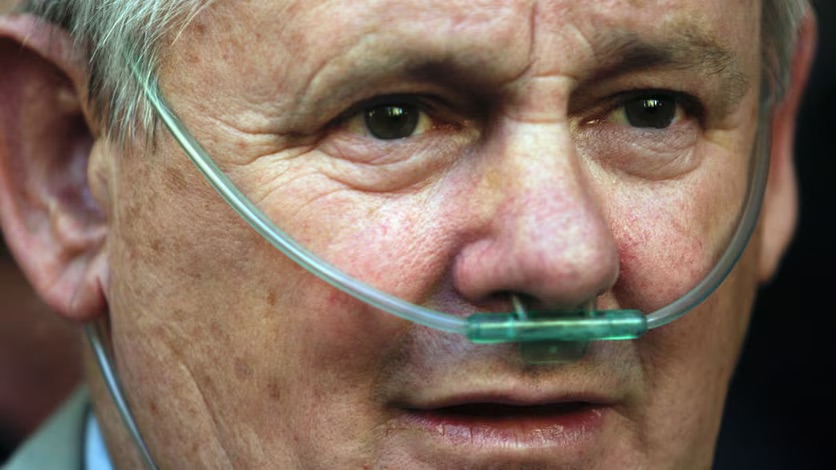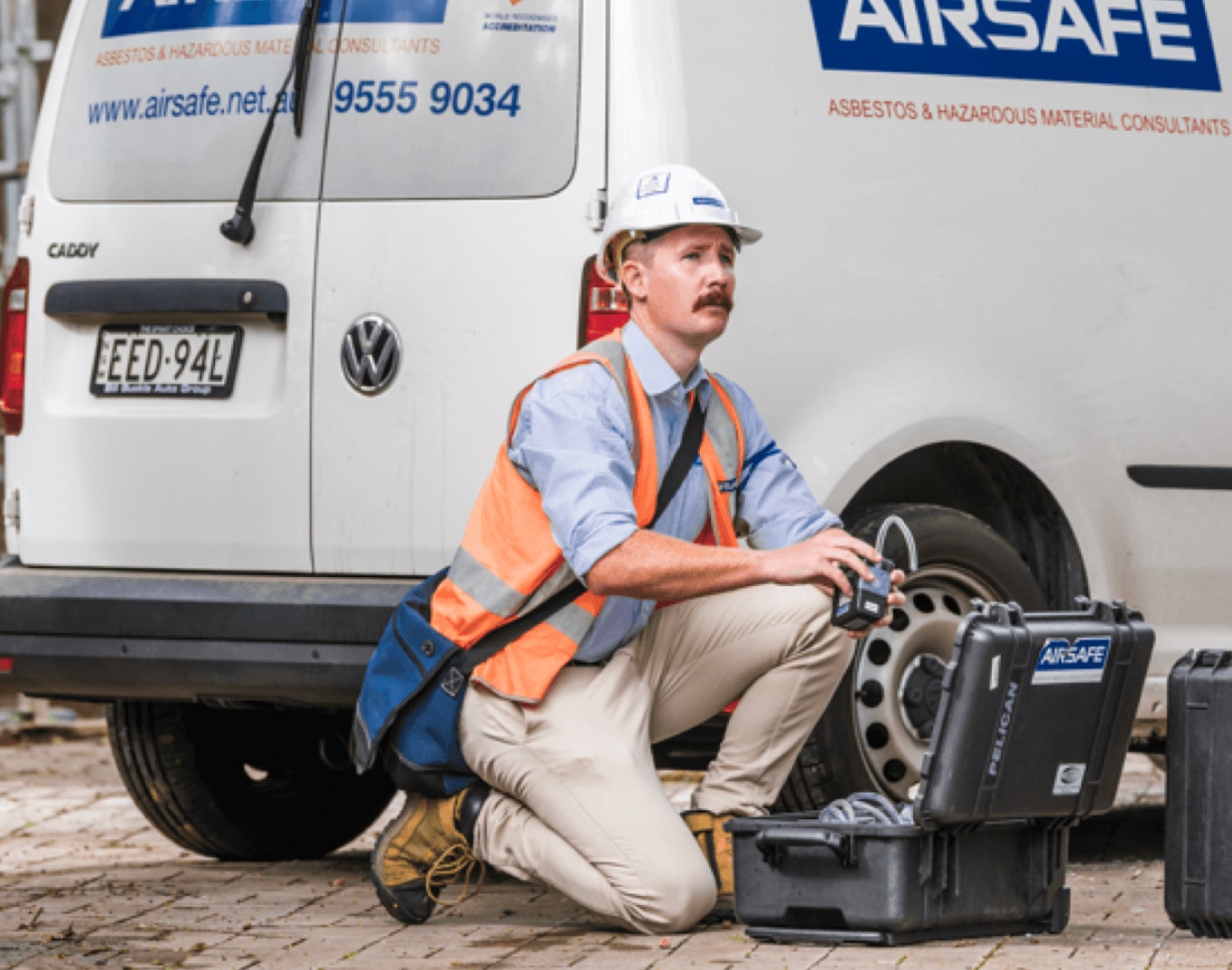The long-running James Hardie legal saga contains many lessons about the history and ongoing risk of asbestos in Australia.
The long timeline is a reminder that the effects of asbestos exposure can take decades to appear. While asbestos is now banned in Australia, asbestos-related disease will be with us for many years to come, with a huge human and financial cost.
There are also lessons in the behaviour James Hardie’s senior leaders, and the company’s repeated efforts to evade or minimise responsibility for the workers it exposed to asbestos. Apart from the human cost, these efforts ultimately led to enormous reputational damage to the company, and legal liabilities that will be with them for the foreseeable future.
Few businesses will have to deal with asbestos on as large a scale as James Hardie, but any business that tries to ignore, sidestep or evade its responsibilities to keep its employees safe from asbestos exposure will ultimately pay the price.
Timeline of events
1951: James Hardie Industries is listed on the Sydney Stock Exchange. At the time, the company is the largest manufacturer and distributor of asbestos-containing products in Australia, most notably asbestos cement sheet (also known as fibro).
1978: Asbestos-related diseases including asbestosis and mesothelioma begin to be diagnosed in the company’s former employees. The company begins putting warning labels on its products explaining that inhalation of the dust could result in cancer.
1980s: Former employees of James Hardie’s asbestos operations begin making compensation claims against the company.

1987: James Hardie ceases all asbestos manufacturing, replacing asbestos-containing cement sheet with the asbestos-free fibre cement that is still used today.
2001: Finally acknowledging its role in the rise of asbestos-related diseases amongst its workers, James Hardie sets up a fund to handle asbestos compensation, with a one-off contribution of $293 million. Around the same time, the company relocates its headquarters to the Netherlands.
2003: After just 2 years, the $293 compensation fund runs dry, as the number of affected James Hardie employees continues to grow and the company’s estimated liabilities balloon to $1.58 billion. James Hardie refuses to provide extra funding, leading to fierce criticism from unions, governments and the media.
2004: NSW premier Bob Carr establishes a judicial inquiry led by David Jackson, QC, to determine how much money would be needed to compensate James Hardie’s asbestos victims in full. During the enquiry, the company faces criticism of the modelling used to estimate its liabilities, and accusations that the move to the Netherlands was motivated by a desire to escape its obligations to affected employees.
2006: Following the enquiry, the Asbestos Injuries Compensation Fund (AICF) is formed to implement and administer the agreement between James Hardie and the New South Wales Government. James Hardie Industries commits to funding a new trust which will pay compensation awarded against former James Hardie companies.
2012: A High Court ruling finds that seven former non-executive James Hardie directors misled the stock exchange about the company’s compensation fund for asbestos victims.
Don’t be the next James Hardie
If you’re in charge of a workplace, it’s your responsibility to make sure you’re meeting your legal obligations around asbestos. The penalties for not complying can be severe.
Depending on when your premises were built, this might mean completing an asbestos and hazardous materials survey, and maintaining an asbestos register and management plan for any asbestos that is found.
If you have any questions about how to manage workplace asbestos, call Airsafe on 1300 888 338.



